OUR BLOG
Serbian milestones: Vienna
The capital of the Habsburg monarchy became not only a part of Serbia’s historical destiny, but also an informal political, cultural and spiritual capital of our people for two centuries. It was in this city that the Serbian community merged with the Western European cultural tradition, and today there are around 180,000 Serbs living in Vienna

There is a point on the map of Serbian historical and spiritual existence which is hundreds of kilometres away from the old Serbian state, but has brightly shone for centuries, spreading the light of enlightenment, culture, and national awareness. This point is Vienna, the ‘Imperial Vienna’, Habsburg capital, seat of the Danubian monarchy and, according to famous academician Dejan Medaković, a long-standing ‘political and spiritual capital of the Serbian people’.
Different historical circumstances have made Vienna a part of Serbia’s destiny throughout history. The significance of Vienna for the Serbian people, their awakening in the time of Romanticism and the formulation of the idea of Serbia’s statehood is immense and unmatched. Also remarkable is the fact that, in spite of history’s unpredictable whims, the thread of Serbian presence in the city has never been interrupted. There are 75,000 Austrian citizens of Serbian origin still living in Vienna. However, it has been estimated that Serbs have an even deeper mark on Vienna’s everyday life, since there are at least 100,000 people from Serbia who live and work in the city.
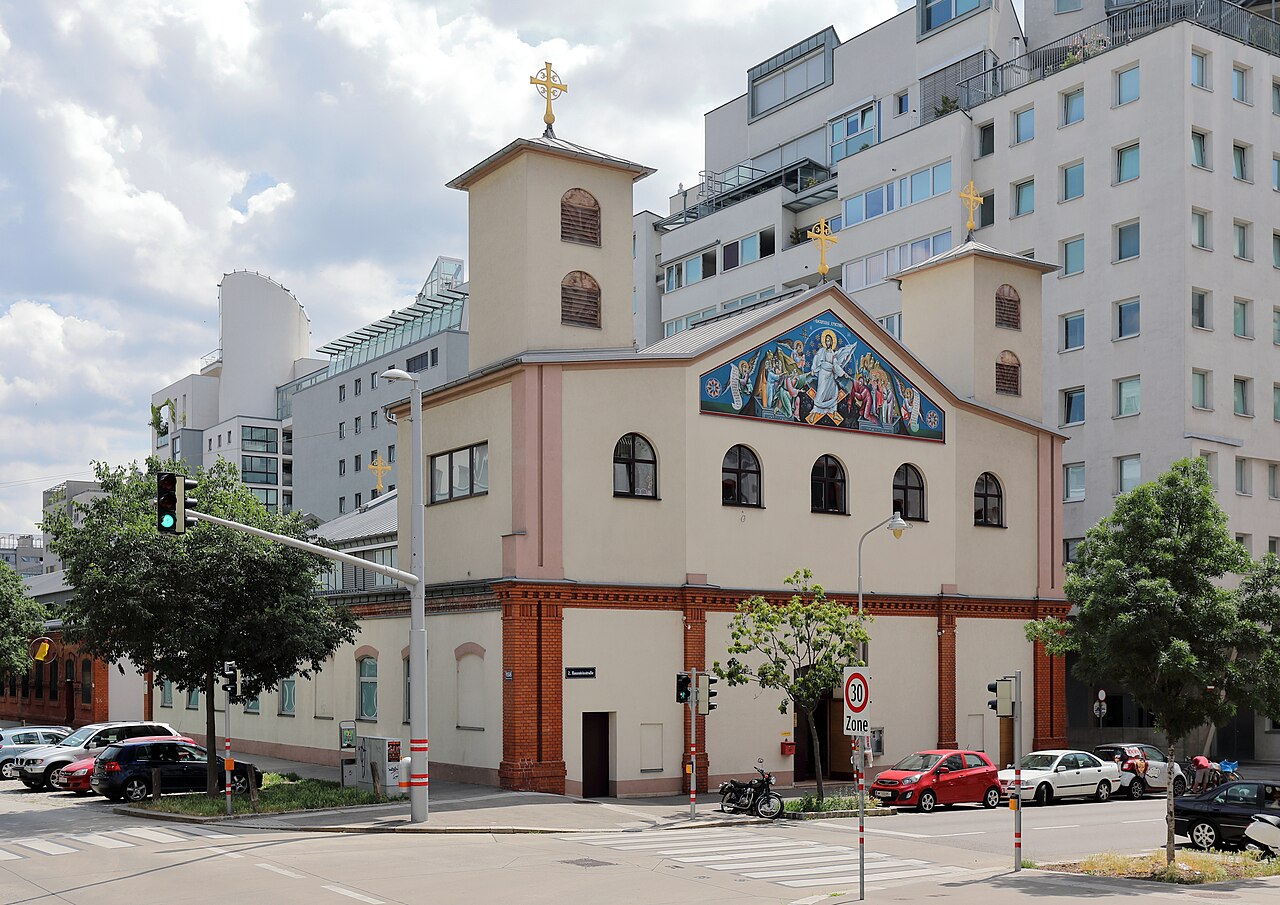
‘Serbs take part in the life of the city, in its administration and politics. The community that originates from Serbia is splendidly integrated in the life of the city. They are an important part of our city and definitely do not live a parallel life. Citizens of Serbian descent perform significant roles in the city’s economy, administration, and healthcare’, the mayor of Vienna, Michael Ludwig, said recently.
It all started with the Great Migration of the Serbs in 1690, when Patriarch Arsenije III Čarnojević left the ancient seat of the Serbian Church – the Patriarchal Monastery of Peć – and moved to Austrian territory. This was one of the key events in Serbian national history, a dramatic and tragic episode that had far-reaching consequences. Upon receiving the permit from Emperor Leopold I, at least 37,000 families or 185,000 people, mostly from Kosovo, Metohija, Raška, and the Lim valley, crossed the Danube, moving towards a new life in the uninhabited expanses of Austria and Southern Hungary. Thus, Serbs became part of the Western European community of nations.
The first known Serb who lived in Vienna was Count Đorđe Branković, a vivid an ambitious individual of our history. He was just the first of many influential persons of Serbian descent who linked their lives and endeavours to the Austrian capital.
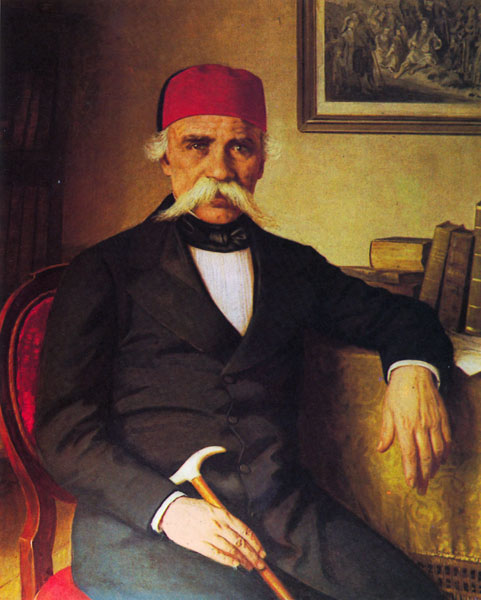
Vuk Stefanović Karadžić
In ancient chronicles we come across many other forgotten names of Serbs, such as Atanasije Demerović Sekereš, Severin Zavišić, Dimitrije Mirković, and Đorđe Stojaković.
During the rule of Maria Theresa, Vienna was a true representation of the many ethnicities living in the Habsburg monarchy. The city was a fertile social, cultural, educational, and political hub in which artistic movements and ideas flourished. The best-known Serbian cultural and national figure who lived in Vienna and in time became a true Viennese was Vuk Stefanović Karadžić. He consciously chose this city to live and work in since he believed that he would have the best conditions for his linguistics work and writing efforts. For more than half a century, Karadžić’s apartments, of which there were more than 20, served as meeting points for Serbs from Austria, Hungary, Serbia, the Littoral, Dalmatia, and other regions.
Further insights into the historical ties between Vienna and the Serbian people, along with a wealth of topics from the realms of diplomacy, culture, and Serbia’s rich historical heritage, are available in Dipos Magazine.
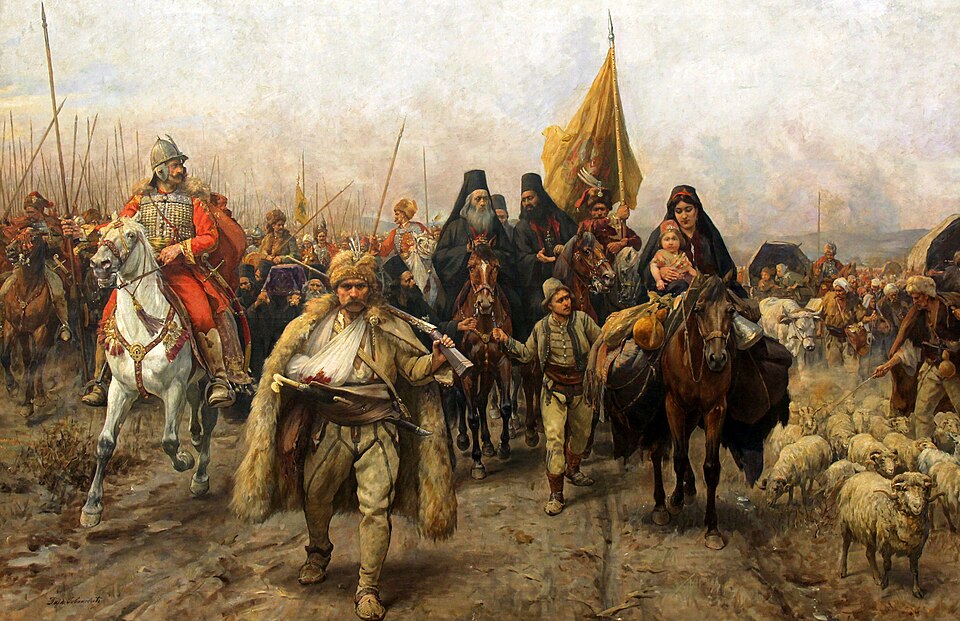
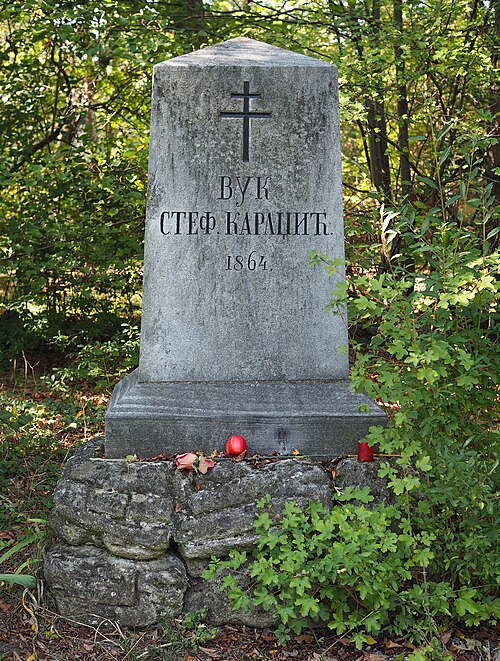
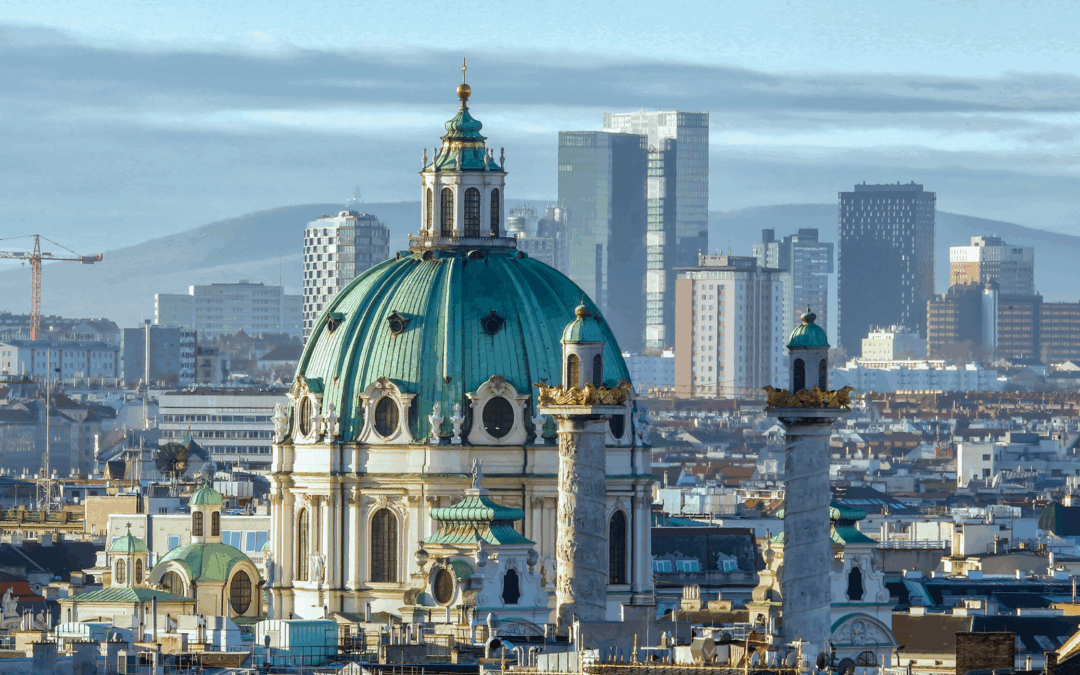







 2018
2018